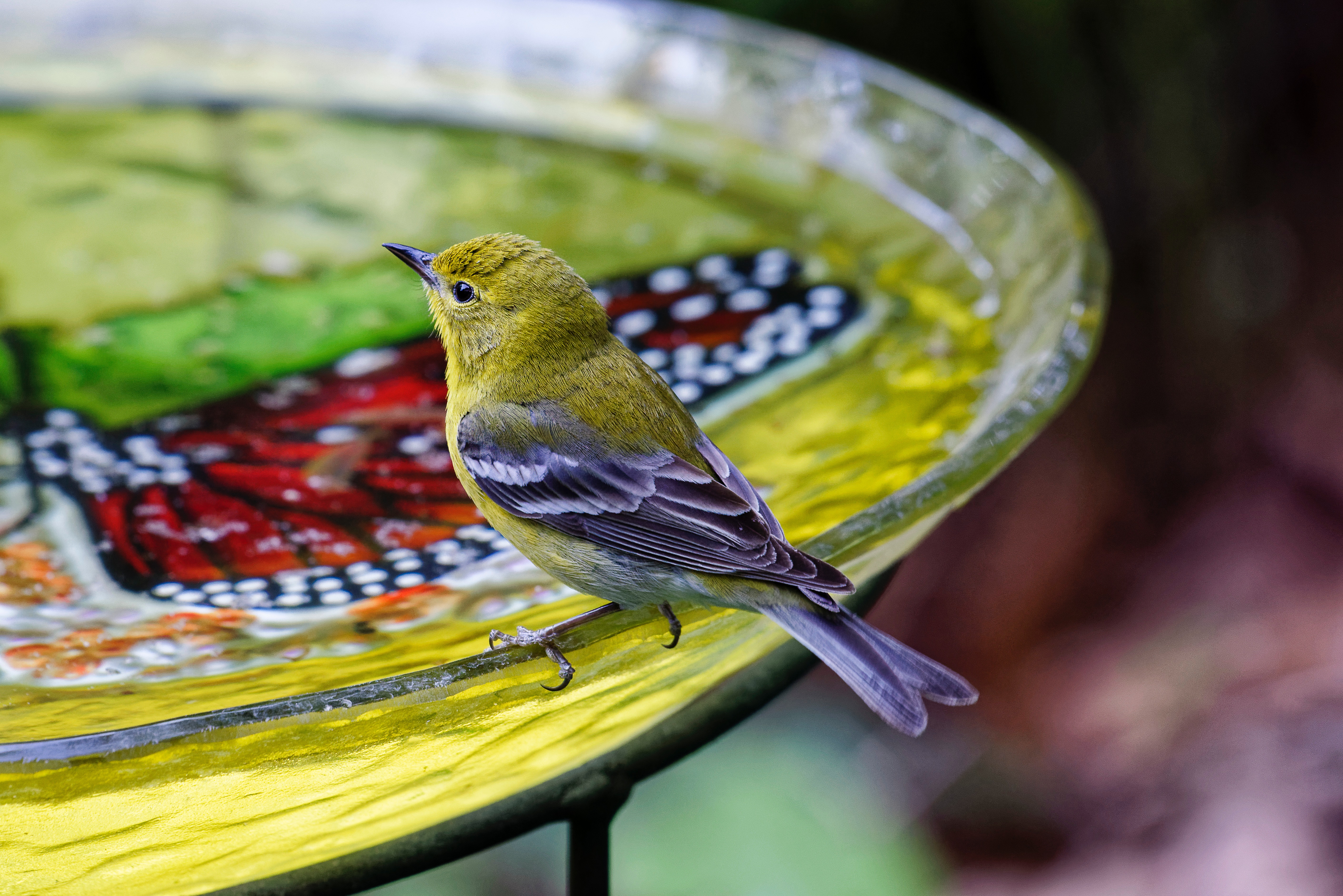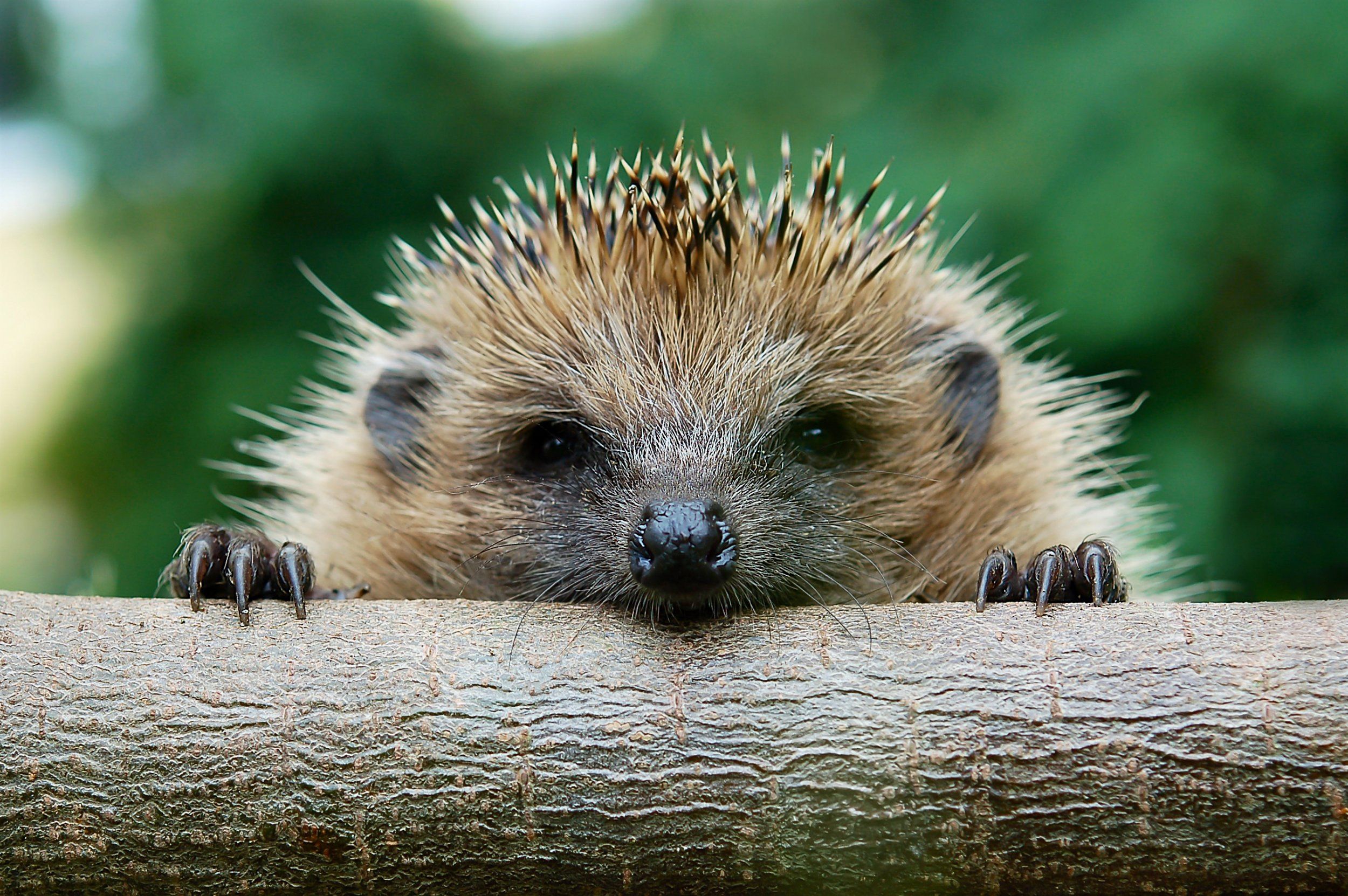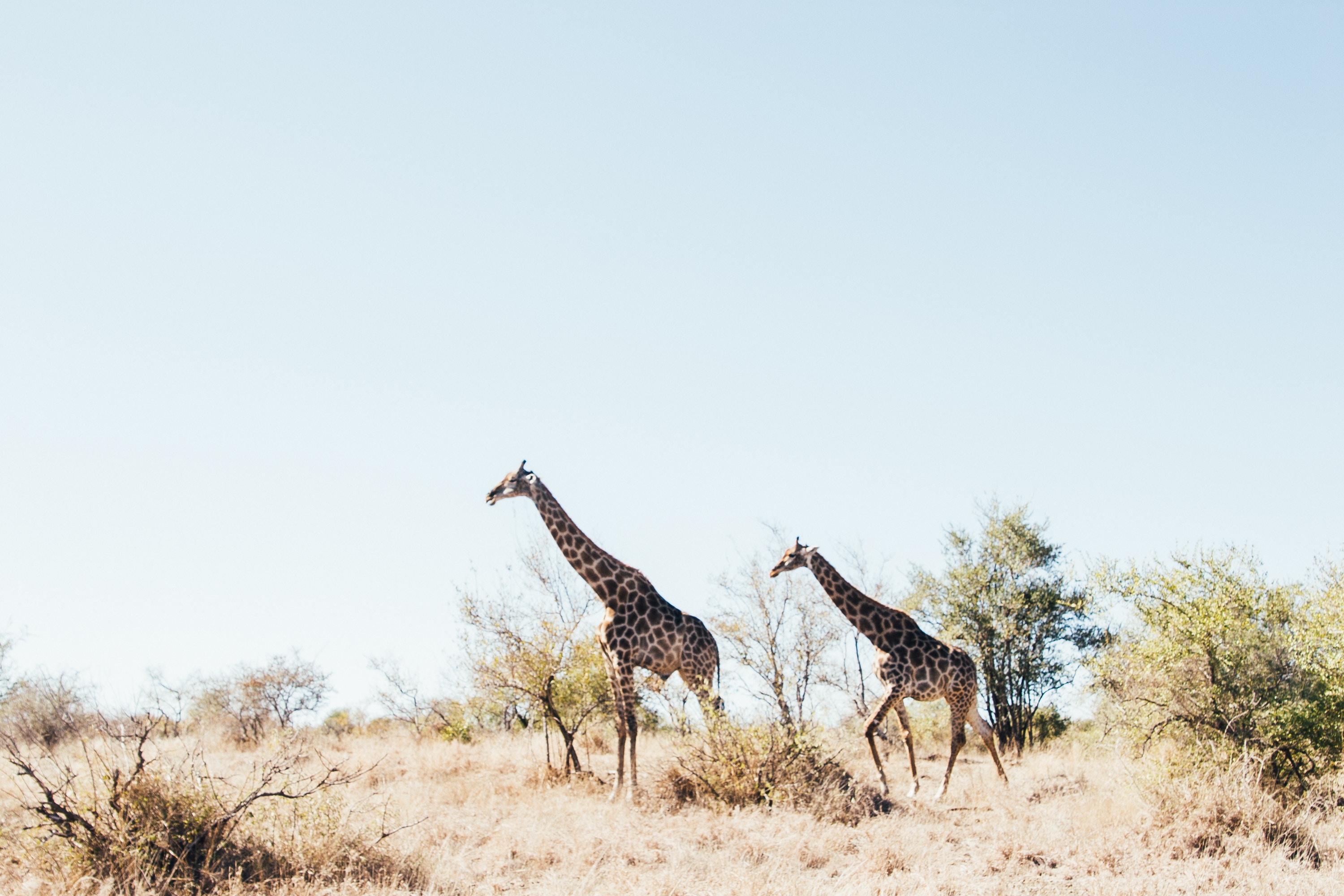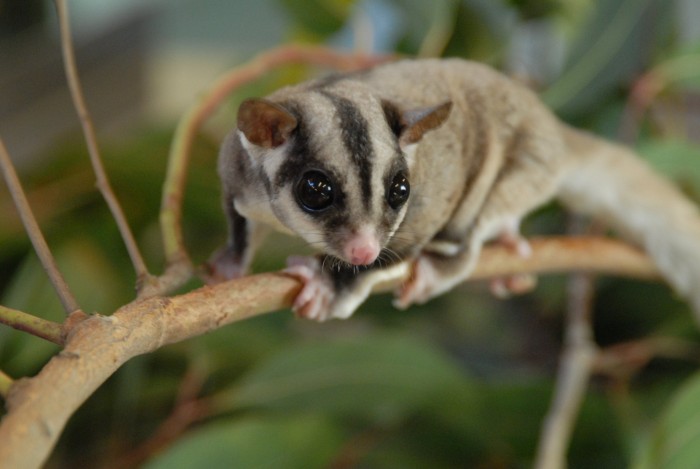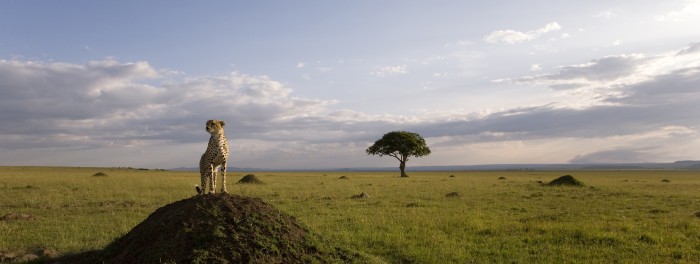
The 19 species of soft-feathered birds that constitute this Africa family are also called “plantain-eaters,” for they subsist largely on plantains and other fruits, plus a few insects and grubs. Several South African brushland species, grey and brown with white markings, are called “go-away birds.” Their loud, nasal “go-away, go-away” alerts all the game within earshot when a hunter appears.
Most touracos live in the deep forest. They have striking green or blue bodies with red markings on the wings. Most bright colors in birds are produced physically by refraction from microscopic feather structures, but the greens and reds of the touracos are true pigments. Their singular rich red pigment, called ‘turacin’ is soluble in water. A red touraco feather stirred in a glass pales out and dyes the water pink, but the heavy jungle rains are shed without fading the color. In museum specimens the red deepens with age, for the copper in turacin darkens as it slowly oxidizes.
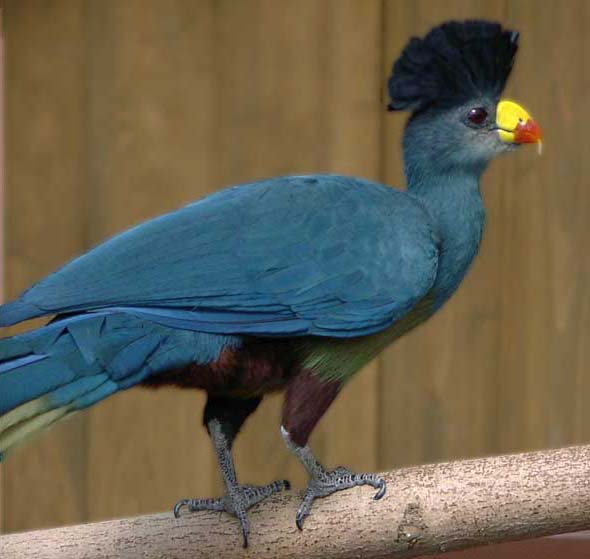 Touracos are fairly large (15 to 25 inches), and have long tails, usually a pronounced crest, and stubby, often bright-colored bills. They can direct their outer toe either backward or forward as the owls or Ospreys do. Touracos climb vines and run along tree limbs like squirrels; some however run fast on the ground. They fly short distances with a weak, dipping flight.
Touracos are fairly large (15 to 25 inches), and have long tails, usually a pronounced crest, and stubby, often bright-colored bills. They can direct their outer toe either backward or forward as the owls or Ospreys do. Touracos climb vines and run along tree limbs like squirrels; some however run fast on the ground. They fly short distances with a weak, dipping flight.
Touracos live in pairs or small family parties. Though noisy and active, they usually keep well hidden in the foliage, where they are inconspicuous despite their bright colors. They nest sporadically throughout the year, building a bulky but fragile platform nest of twigs. Most nest high in forest trees. Their 2 to 3 eggs are usually white, sometimes greenish, and unmarked. Both sexes incubate and feed the young pulpy fruit by regurgitation. The young hatch covered with sooty grey down, and remain in the nest only about 10 days. Long before they can fly, they start crawling out on nearby branches, where their parents continue to feed them until they mature.

